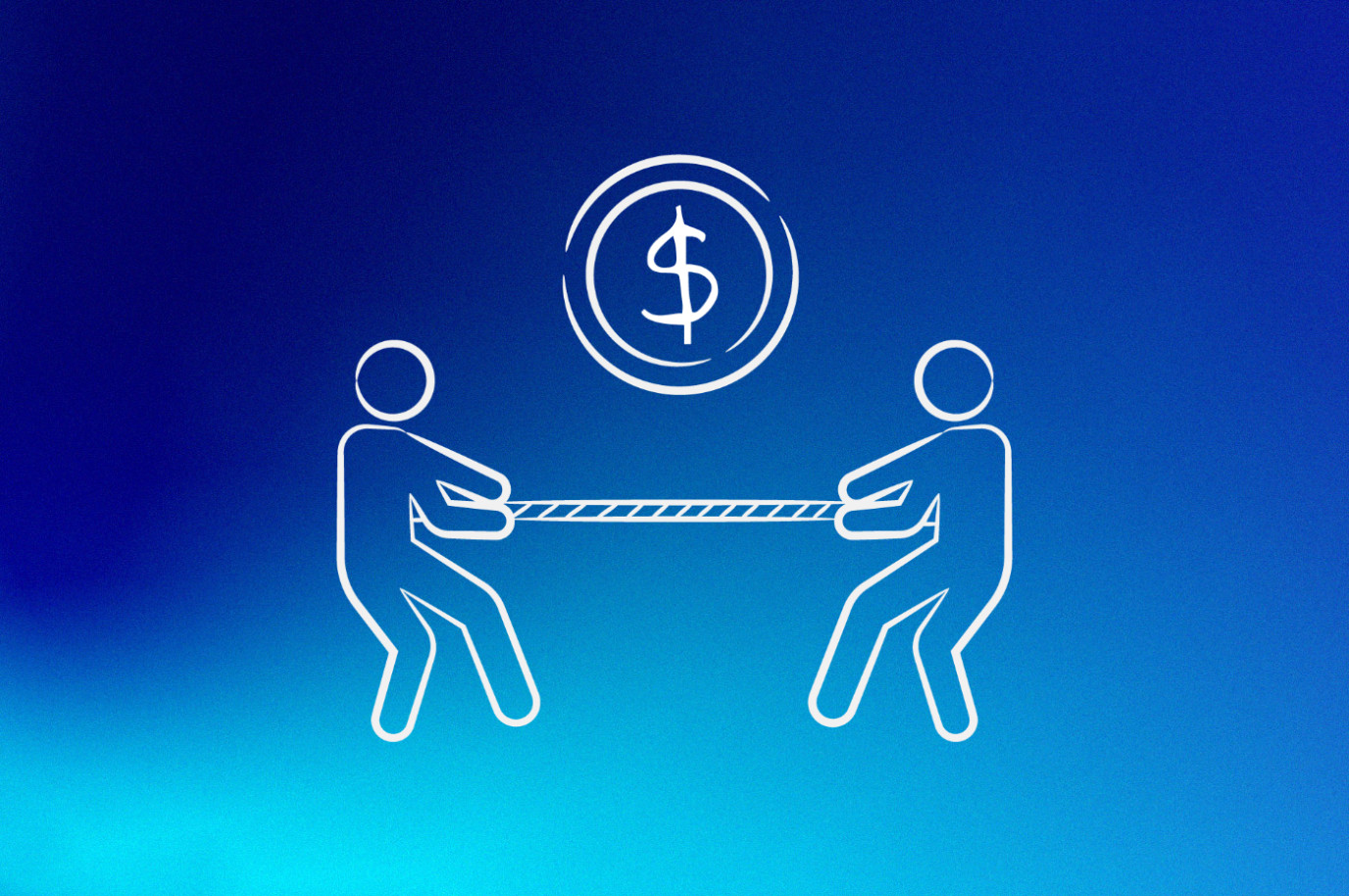
Master Effective Pricing Techniques to Optimize Revenue
In the ever-evolving landscape of business, mastering reliable pricing strategies is important for businesses aiming to make best use of revenue. A nuanced understanding of pricing psychology can substantially influence client behavior and buying choices.
Comprehending Pricing Psychology
Comprehending pricing psychology is essential for organizations aiming to maximize their pricing strategies. This area takes a look at how consumers regard prices and how these assumptions affect their buying choices. Key principles in prices psychology consist of the anchoring effect, where the preliminary rate presented acts as a referral point for consumers, and the concept of price level of sensitivity, which varies among different consumer segments.
Furthermore, companies can take advantage of the idea of perceived value, where the viewed benefits of a product or solution can warrant a greater rate point. Premium prices can create an aura of exclusivity, attracting consumers that link higher costs with remarkable top quality. On the other hand, psychological prices, such as establishing a rate at $9.99 instead of $10, can considerably affect consumer habits by making prices appear extra eye-catching.
Moreover, scarcity and seriousness can enhance the perceived value of items, triggering quicker investing in choices. Understanding these emotional triggers makes it possible for organizations to develop pricing techniques that not only drive sales yet likewise foster customer loyalty. Thus, understanding pricing psychology is important for reliable prices approach formulation, causing improved earnings and market positioning.
Executing Value-Based Rates

Next, section your customers based on their readiness to pay and the worth they regard. By doing so, you can customize offerings and rates strategies to align with different segments.
After gathering insights, set costs that show the optimum amount a customer agrees to pay, making certain that they perceive a reasonable exchange for the worth received. Communicate the worth recommendation successfully, highlighting the benefits and differentiators of your offering. Continuously keep track of market problems and consumer responses to fine-tune your rates method over time. By applying value-based prices, services can boost profitability while fostering lasting client loyalty.
Checking Out Dynamic Rates Models
In today's swiftly transforming market landscape, vibrant prices models have become a powerful approach for services seeking to optimize profits and respond to fluctuations in demand. These models allow companies to change their rates in real-time based on numerous factors such as customer habits, market fads, and stock degrees. By leveraging data analytics and formulas, businesses can recognize ideal pricing points that make the most of sales while staying competitive.
Dynamic rates can take different kinds, consisting of time-based prices, where prices rise and fall based on time of day or period, and demand-based pricing, which changes rates according to present consumer demand. This adaptability not just enhances earnings however also enhances consumer basics fulfillment by providing prices that show real-time market conditions.
Implementing dynamic pricing needs a durable technological framework and a deep understanding of client segments. Transparent interaction about rates modifications can aid reduce client dissatisfaction and foster depend on, inevitably leading to sustained productivity in a competitive industry.
Studying Rival Prices
Checking rival pricing is necessary for businesses aiming to keep an one-upmanship in their respective markets. By analyzing competitors' prices methods, business can determine market patterns, recognize customer choices, and change their prices as necessary. This evaluation click for info involves event information on competitors' costs, advertising methods, and item offerings to educate rates choices.
To efficiently assess rival rates, companies need to utilize different devices and methods, such as cost tracking software program, marketing research reports, and customer comments. This data can expose exactly how competitors position their services and products, allowing companies to differentiate their offerings or take on similar approaches to continue to be pertinent.
Additionally, it is critical to categorize rivals into direct and indirect competitors. Straight rivals supply comparable services or products, while indirect competitors might accomplish the very same client need with various solutions. Understanding the subtleties in between these teams will make it possible for organizations to customize their pricing strategies a lot more efficiently.
Eventually, recurring competitor rates analysis is crucial for making informed pricing decisions. It enables businesses to continue to be nimble in action to market changes, ensuring they can seize chances and mitigate risks associated with prices approaches.
Examining Prices Performance
Recognizing exactly how rival pricing affects market dynamics causes a natural emphasis on assessing pricing performance within one's own business. This analysis is vital for determining areas of strength and chances for renovation, inevitably improving profitability.

Furthermore, conducting regular pricing audits can expose inconsistencies in between expected and real efficiency. This involves contrasting rates information across different sectors and networks to comprehend variances and identify patterns. Incorporating consumer feedback can supply insights into regarded worth versus real pricing, ensuring positioning with market assumptions.
Last but not least, leveraging data analytics tools can promote much deeper insights right into pricing performance, allowing companies to make data-driven changes (Pricing Strategy). By continuously assessing pricing efficiency, companies can adjust to market adjustments and maximize their strategies, making certain sustained earnings in an affordable landscape
Final Thought
By leveraging prices psychology, businesses can improve perceived value and tailor rates to varied customer segments. The fostering of vibrant and value-based prices designs helps with real-time adjustments based on need and client determination to pay.
Comprehending pricing psychology is crucial for organizations aiming to optimize their prices techniques. Understanding these psychological triggers allows businesses to develop rates strategies that not only drive sales however likewise foster consumer loyalty. Thus, understanding pricing psychology is essential for efficient pricing method formulation, leading to boosted productivity and market positioning.
By assessing rivals' pricing methods, business can recognize market trends, understand customer preferences, and adjust their rates appropriately. By leveraging pricing psychology, organizations can improve perceived value and dressmaker rates to varied consumer sectors.